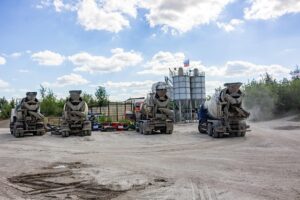Slab foundation issues from construction flaws or soil movement cause cracks, floor unevenness, and instability. Early detection is key. Professional assessment identifies problems like vertical/diagonal cracks for tailored repair: injection techniques for minor damage, slab jacking to lift settled slabs, or replacement for severe cases. Concrete repair methods ensure structural integrity using durable materials like epoxy injections and polymer-based cements. Avoiding common mistakes and regular maintenance delay future repairs. Seek professional help at first sign of damage for long-lasting solutions.
Slab foundation repair is an essential aspect of maintaining a sturdy and safe home. This comprehensive guide explores the intricacies of concrete repair, addressing common issues plaguing slab foundations. From understanding damage causes to evaluating repairs, we delve into effective methods like structural injection and polymeric compounds. Learn about the materials reshaping the concrete restoration landscape. Additionally, discover mistakes to avoid and post-repair maintenance tips for a robust foundation. Know when professional intervention is crucial for your concrete repair needs.
Understanding Slab Foundation Issues
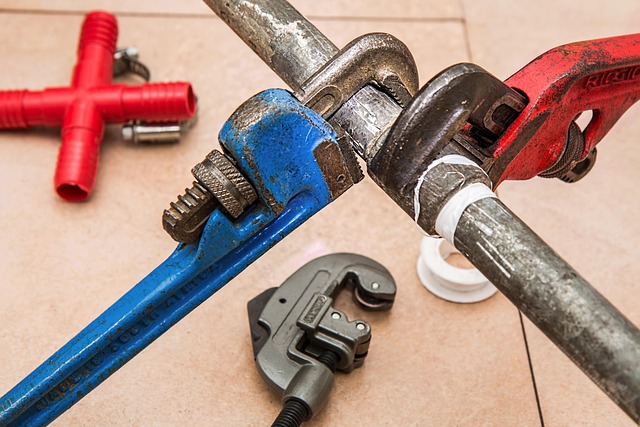
Slab foundation issues are common problems faced by many homeowners, often requiring expert intervention for effective concrete repair. These issues can arise due to various factors such as poor initial construction, shifting soil conditions, or damage caused by tree roots and pests. Over time, these problems manifest as cracks in the slab, uneven floors, doors that stick, or even structural instability. Identifying the specific type of slab foundation problem is crucial for choosing the right repair method.
Whether it’s a simple crack or a more complex settlement issue, early detection and professional assessment are key. Homeowners should look out for signs like vertical cracks, diagonal cracks, or bulging in the slab, which could indicate different underlying issues. Concrete repair techniques vary based on the severity of damage, with options ranging from injection methods for small cracks to complete replacement for severe cases.
Types of Concrete Repair Methods

When it comes to concrete repair, there are several methods to address different types of damage. One common approach is crack repair, which involves injecting epoxy or polyurethane into the cracks to fill them and prevent further erosion. This technique is effective for small to medium-sized cracks in both residential and commercial structures.
Another widely used method is slab jacking or lift and level. This process involves drilling small holes in the slab, introducing a pressurized fluid that lifts the slab back into its original position, and then filling the voids with concrete. Slab jacking is ideal for slabs that have settled unevenly due to poor soil conditions or shifting foundations, offering a cost-effective solution for concrete repair without complete replacement.
Evaluating Damage and Causes

When it comes to slab foundation repair, the first step is a thorough evaluation of the damage and its underlying causes. This process involves meticulous inspection to identify cracks, unevenness, or any signs of movement in the concrete structure. Skilled professionals utilize various tools and techniques to assess the severity of the issue. During this phase, they also investigate potential factors contributing to the slab’s deterioration, such as settlement, poor initial construction, tree roots, or changes in soil conditions.
Identifying these causes is crucial for effective Concrete Repair solutions. For instance, cracks might be a result of natural settling, requiring different intervention than those caused by expansive soils or structural flaws during construction. By understanding the specific challenges, repair methods can be tailored accordingly, ensuring long-lasting stability and integrity of the slab foundation.
The Process of Slab Repair
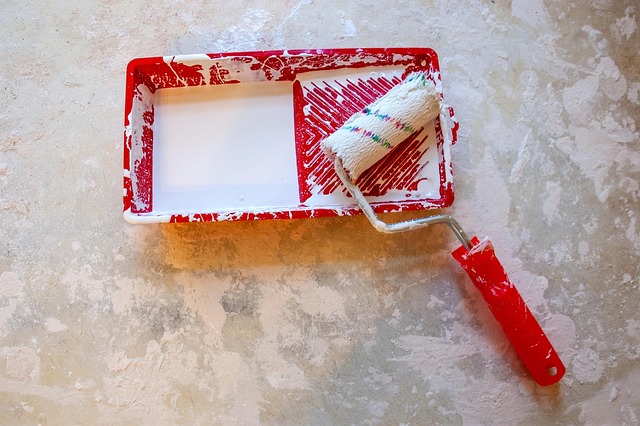
Slab foundation repair is a critical process that involves several steps, ensuring structural integrity and longevity. It begins with an extensive inspection to identify the extent of damage. Professionals carefully assess cracks, heaves, or dips in the concrete slab, determining the root cause, whether it’s poor initial construction, settlement, or shifting soil conditions.
Once diagnosed, various techniques are employed for repair. Small cracks can often be filled with epoxy injections, strengthening and sealing them. For larger issues, a process called undercutting may be used, where the damaged portion is carefully removed, cleaned, and then replaced with new concrete. This involves skilled labor to ensure precise replacement and seamless integration with the existing slab. Concrete repair techniques are tailored to each unique situation, guaranteeing a sturdy and stable foundation once again.
Materials Used in Concrete Restoration
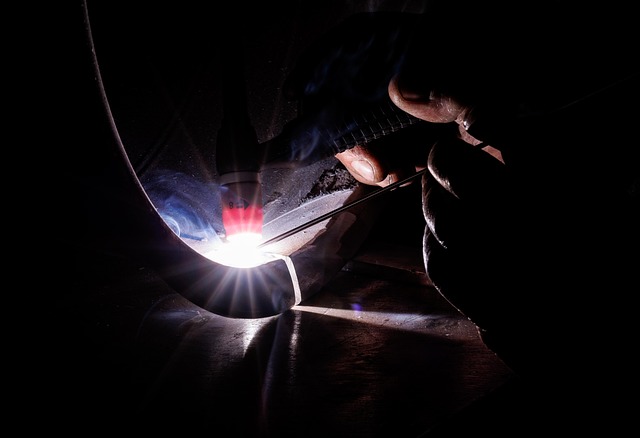
When it comes to repairing a slab foundation, professionals often turn to a variety of materials known for their durability and effectiveness in concrete restoration. One commonly used material is epoxy injection, which involves injecting a liquid epoxy into cracks and voids to provide structural support. This method not only fills existing damage but also strengthens the overall structure, making it ideal for repairing cracked or sagging slabs.
Another popular choice is polymer-based cement, designed to match the properties of concrete. This material can be used for both repairing and overlaying, offering a seamless finish that enhances the aesthetic appeal while providing long-lasting durability. The use of these advanced materials ensures that slab foundation repairs are not just temporary fixes but lasting solutions, ensuring the structural integrity of homes and buildings for years to come.
Common Mistakes to Avoid During Repair
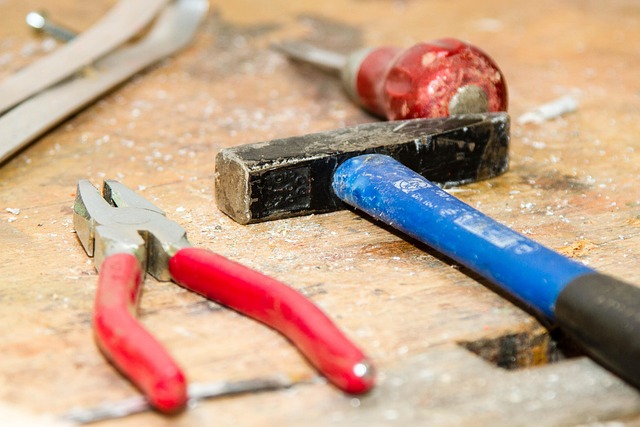
When undertaking slab foundation repair, there are several common mistakes to avoid for successful and long-lasting results. One of the primary blunders is neglecting proper assessment. Every concrete repair job requires a thorough inspection to identify the root cause of the issue, whether it’s settlement, cracking, or heaving. Attempting to fix symptoms without understanding the underlying problem can lead to temporary fixes that fail over time.
Another mistake is using subpar materials or employing unqualified professionals. Using inferior concrete mix or products may compromise the strength and durability of the repair work. Similarly, inexperienced hands can miss crucial steps or make incorrect applications, resulting in inadequate repairs. Always opt for high-quality materials and hire certified specialists to ensure the best outcomes for your concrete repair project.
Maintaining a Strong Foundation Post-Repair
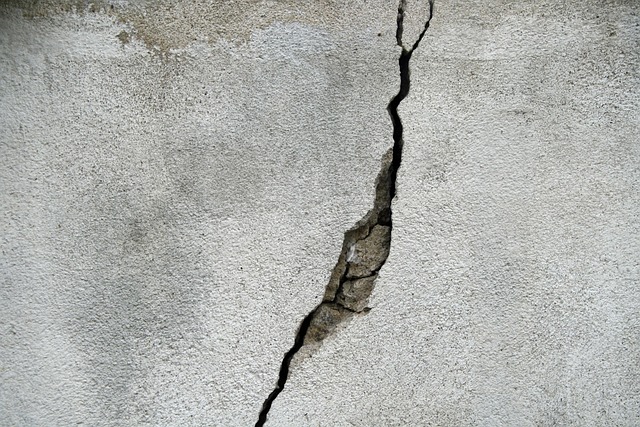
After successful slab foundation repair, it’s crucial to maintain the structural integrity for long-term durability. This involves regular inspection to detect any signs of damage or settling. Addressing issues early through preventive measures like sealing cracks and ensuring proper drainage can significantly delay future repairs.
Proper maintenance also includes keeping heavy objects evenly distributed across the floor to avoid excessive pressure on specific areas, as well as avoiding significant temperature changes which can cause concrete to expand or contract. These simple steps contribute to a robust foundation, enhancing the effectiveness of Concrete Repair efforts and safeguarding your investment for years to come.
When to Seek Professional Help
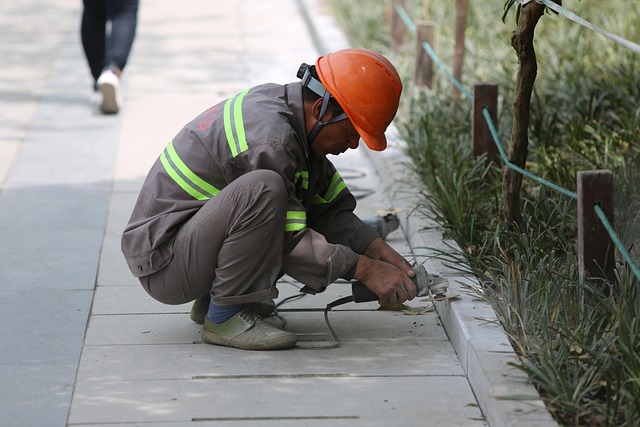
If you notice signs of damage or instability in your slab foundation, it’s crucial to address the issue promptly. While some minor cracks or settling may be normal, significant or widening cracks, uneven floors, doors that stick, or visible gaps around foundations could indicate a more serious problem. In such cases, it’s essential to seek professional help for concrete repair as soon as possible.
Professional foundation repair services have the expertise and tools needed to diagnose the root cause of foundation issues, whether it’s due to poor initial construction, soil settlement, shifting water tables, or other environmental factors. They offer a range of effective solutions tailored to specific problems, ensuring long-lasting stability and structural integrity for your home or building.
